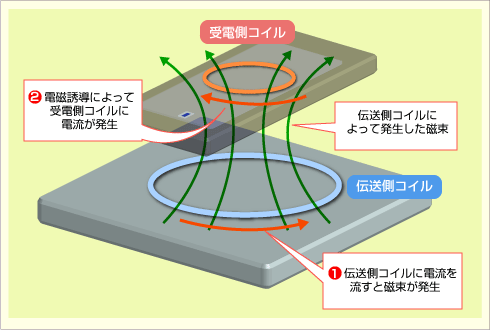Off the top, the open source community appears to be happy that Hewlett-Packard has decided to save at least a modicum of face and release its Palm Inc.-developed webOS mobile-device operating system to the community at large.
(Please note: HP will retain control of the patents, just to make sure nobody runs rogue and creates some dangerous new mobile-app-eating monster. It will make the software available under an open source license to be determined.)
HP, its shareholders, partners and customers should be enjoying at least a small sigh of relief, too. The decision announced Dec. 9 is clearly the best one for all of them.
On second thought, let's reframe that statement: It was the only decision for the Palo Alto, Calif.-based IT giant to make in this embarrassing situation. Going open source amounts to donating used but still presentable apparel or books to the thrift store. But you also can earn a lot of good will in this manner -- not to mention a tax break.
In HP's estimation, handing it over to the community way outranks webOS continuing as a money-losing project inside the company. The third option -- decapitating the division altogether -- would have been clear admittance that HP's $1.2 billion investment in buying Palm in April 2010 was a monstrous strategic error. We already know that, but stockholders -- and potential stockholders -- don't particularly like that type of public reiteration.
HP hasn't told the entire story about this move yet, because at this time it won't say whether webOS will remain a division within the company or whether it will be spun off as an independent entity -- like Hadoop's development team went out from Yahoo in the form of Hortonworks earlier this year.
All HP will say on the record now is that "the goal of the project is to accelerate the open development of the webOS platform," and that "HP will be an active participant and investor in the project." Not much meat on those bones, but as time goes on, we can expect to hear more about how much time, staff, and money HP will really put into webOS.
Either way HP decides to move, webOS becoming a nonprofit-status entity will serve as a tax break for HP. It's now up to the lawyers as to which of two scenarios will provide the better tax shelter: a one-time spinoff write-off, or a continuing in-house write-off.
That's the good news for HP, which also will gain legitimate plaudits from the software development community in general for being so "generous" with its expensive code.
"This is potentially a significant strategic move by HP, but only if done right," Clint Oram, CTO and co-founder of SugarCRM, told eWEEK. "Sprinkling open source pixie dust on a technology doesn't magically make it better. There are some significant next steps ahead of HP in terms of choosing the right license and more importantly building a community of developers and users."
Markus Rex, former senior vice president and general manager in charge of SUSE Linux at Novell and CTO of the Linux Foundation, told eWEEK that "it is always great news to see a project released as Open Source, especially if it already had a head start by being used in production on thousands of machines.
"The announcement sure says all the 'right things,' so if this pans out that way, it'll be a good thing. Great opportunity to bring Linux- and open source-based mobile operating systems closer together and join forces in a unified way."
The word is that HP is consider developing a webOS tablet PC for 2013 release, hoping against hope that the magic from Apple's iPad and the leading Android devices will have worn off by then. Then again, floating the idea of a new webOS tablet could be simply a marketing ploy to generate interest in the open source mobile app development community.
A final thought on all of this: Who will want to develop software for an operating system that is so far behind iOS, Android and BlackBerry that it can barely see their taillights in the distance? HP will have to be one doing the lobbying to the community -- whether or not webOS goes independent at some point -- and it's unknown how much capital the company will want to invest. After all, HP is primarily a server, storage, printers, and services business.
So the posturing has begun. But it appears that the most interesting news on this topic has yet to be reported.


